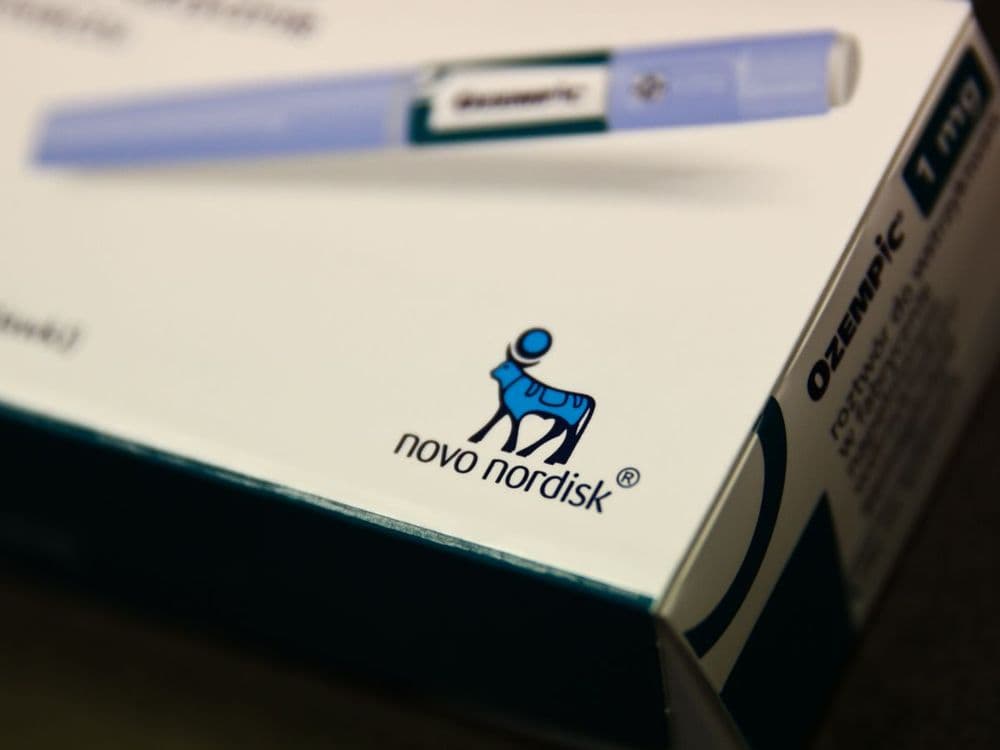Novo Nordisk’s amycretin yields strong Phase 2 results, prompts late stage trials
Novo Nordisk disclosed positive Phase 2 results for amycretin in people with type 2 diabetes, showing meaningful blood sugar control and up to 14.5 percent weight loss at 36 weeks versus placebo. The move toward late stage testing next year raises questions about access, cost, and how new obesity therapies will be integrated into health systems already strained by diabetes disparities.

Novo Nordisk on November 25 disclosed headline results from a Phase 2 trial of amycretin, a unimolecular drug that targets GLP 1 pathways and amylin, reporting clinically significant weight loss and improved glycemic control in people with type 2 diabetes. In the 448 patient study, subcutaneous dosing of amycretin produced up to 14.5 percent body weight reduction at 36 weeks compared with placebo, while also delivering meaningful reductions in HbA1c, the standard marker of long term blood sugar control. The company said the drug was generally well tolerated, with adverse events mostly mild to moderate and of a gastrointestinal nature. Novo Nordisk plans to begin late stage testing in 2026.
The Phase 2 data represent a strategic step as Novo Nordisk seeks successors to semaglutide and other incretin based therapies that have reshaped diabetes and obesity treatment. Investors reacted favorably, sending the company’s shares higher on the news, reflecting optimism about amycretin’s commercial potential and the strengthening of Novo Nordisk’s pipeline. The move also intensifies competition in an area that has seen rapid innovation and rising demand from clinicians and patients alike.
Clinically, a therapy that combines GLP 1 activity with amylin modulation promises to address both appetite regulation and postprandial glucose control, offering a two pronged mechanism that could benefit patients with persistent weight and glycemic challenges. However, the results reported to date come from a mid stage trial with fewer than five hundred participants and under nine months of follow up. Larger and longer lasting studies will be required to confirm durability of weight loss, long term safety, cardiovascular outcomes, and real world effectiveness across diverse patient populations.
The public health implications are substantial. New pharmacologic tools for obesity and diabetes can reduce complications and improve quality of life for many people, but they also risk widening existing health inequities if access is uneven. Cost, insurance coverage, prior authorization rules, and clinic capacity to deliver ongoing care will determine who benefits. Communities with the highest burdens of obesity and type 2 diabetes often face structural barriers to care including poverty, limited clinic access, and mistrust of the medical system. Without deliberate policy action to ensure affordability and equitable distribution, breakthrough drugs can entrench disparities rather than reduce them.

Policymakers and health systems will face pressure to weigh short term drug costs against long term savings from avoided complications. Regulators will scrutinize safety signals and subgroup effects as late stage trials commence. Patient advocates and community health leaders are likely to press for trial enrollment that reflects racial, ethnic, and socioeconomic diversity so that results translate to those at greatest risk.
Novo Nordisk’s announcement advances a promising candidate in an active therapeutic field, but the ultimate impact will be determined beyond the lab and the stock market. It will depend on robust evidence from late stage trials, regulatory decisions, and policy choices that shape how new medicines are paid for and delivered to communities that need them most.


